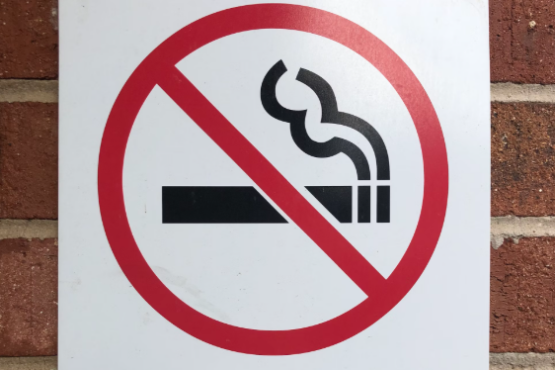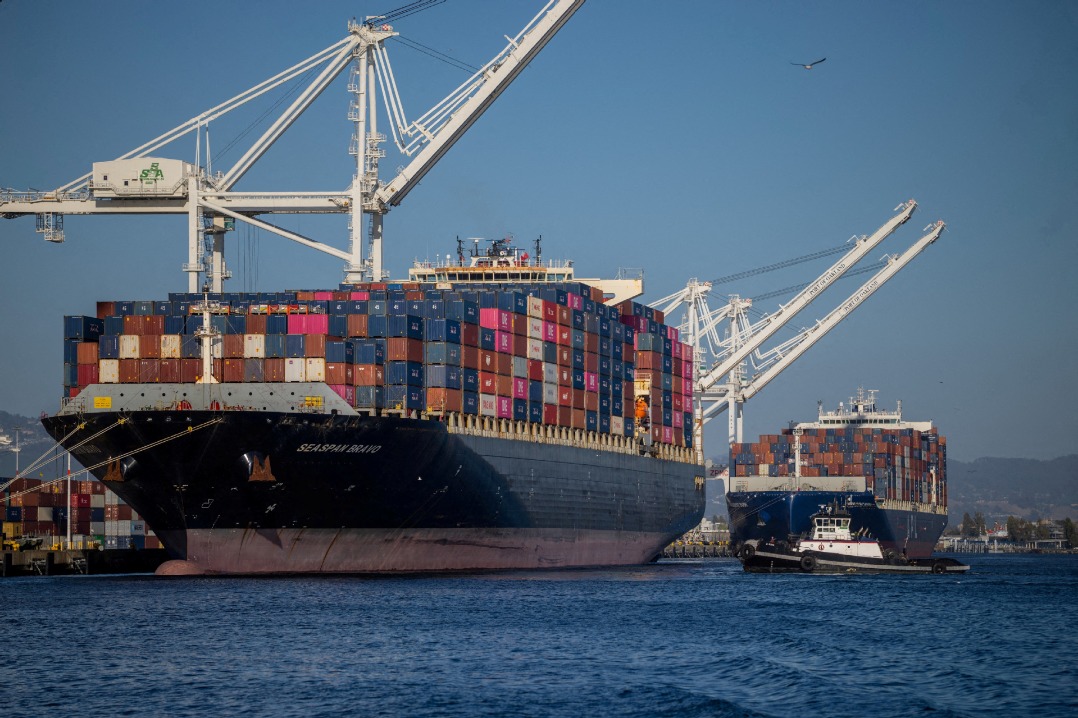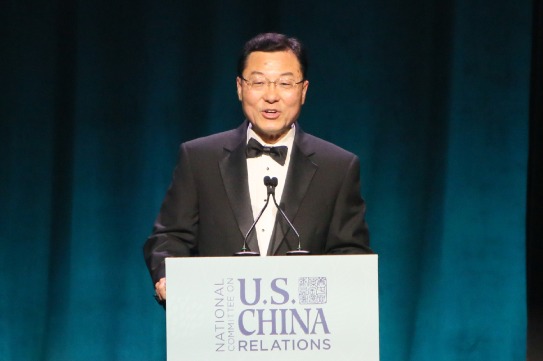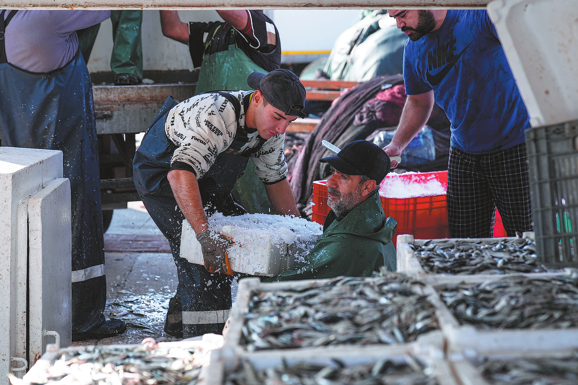In Rwanda, opioids are a solution

BUSHEKELI, Rwanda-It was something, the silence. Nothing but the scuff of her slip-on shoes as Madeleine Mukantagara walked through the fields to her first patient of the day. Piercing cries once echoed down the hill to the road below. What she carried in her bag had calmed them.
For 15 years, her patient, Vestine Uwizeyimana, had been in unrelenting pain as disease wore away her spine. She could no longer walk. Her life narrowed to a dark room with a dirt-floor in rural Rwanda, prayer beads hanging on the wall by her side.
A year ago, relief came in the form of liquid morphine, locally produced as part of Rwanda's groundbreaking effort to address one of the world's great inequities: As thousands die from addiction in rich countries awash with prescription painkillers, millions of people in the poorest nations have no access to opioids at all.
Companies don't make money selling generic morphine to the dying, and most in sub-Saharan Africa cannot afford the expensive formulations like oxycodone, prescribed so abundantly in richer nations that thousands became addicted to them.
Rwanda's answer: plastic bottles of morphine, produced for pennies and delivered to homes across the country by health workers like Mukantagara. It is proof, advocates say, that the opioid trade doesn't have to be guided by how much money can be made.
Mukantagara, 56, has long been a witness to death. She watched her sister die in agony of cancer decades ago.
She settled on the edge of Uwizeyimana's bed. Uwizeyimana was feeling better. "Now I think everything is possible," she said. They held hands and prayed.
The work is never easy, Mukantagara says. But with morphine, there is a chance for death with dignity.
Twenty-five years ago, 800,000 Rwandans were killed as the two ethnic groups, Tutsis and Hutus, turned on each other. Those who survived struggled to recover from ghastly machete wounds and cruel amputations.
Medical advances meant more people began living into old age and facing diseases such as cancer. Some thought their pain was punishment from God, recalled Dr. Christian Ntizimira, a palliative care advocate.
In much of the world, the use of opioids was exploding. But the increase was in expensive formulations that are profitable for pharmaceutical companies, according to an AP analysis of data from the International Narcotics Control Board, or INCB. The use of morphine, the cheapest, most reliable painkiller, stagnated.
When the US Centers for Disease Control issued guidelines in 2016 calling on US doctors to cut back on the flood of opioid prescriptions that fed the addiction crisis, it exempted end-of-life patients.
The INCB reported that some 90 percent of opioids are consumed by the richest nations, where just 17% of people live.
And commercially-made morphine is on average nearly six times more expensive in many poor counties than it is in wealthy ones.
So Rwanda, Kenya and Malawi looked to Uganda, where the nonprofit Hospice Africa Uganda was making liquid morphine in a process so basic it was mixed for two decades at a kitchen sink. But that operation relies so much on donor support that it nearly shut down this year.
ASSOCIATED PRESS





























